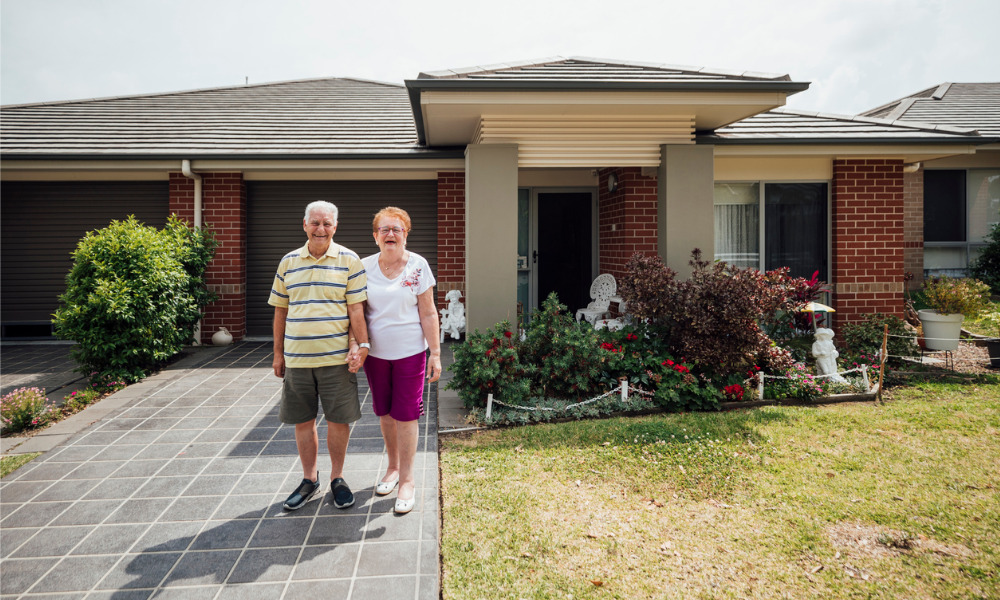Report reveals what impact an aging – and dying - population will have on the future market

More than four million existing homes for sale every year over the next decade will come from an aging and dying baby boomer generation of homeowners, a new report by the Mortgage Bankers Association (MBA) has found.
The 35-page report, titled ‘Who Will Buy the Baby Boomers’ Homes When They Leave Them?’, set out to determine the impact of aging and the eventual death of the baby boomer population on future demand and supply of homes for sale.
Written by economist Gary Engelhardt in cooperation with the MBA and the Research Institute for Housing America (RIHA), the study said more than four million existing homes going on the market annually over the next decade will come from the aging and mortality of older homeowners (aged 50 or over).
However, the impact from baby boomers exiting the market - although not insignificant - will not disrupt the housing market, the study predicted.
This is because the baby boomer population will shrink over a period of decades, while sustained homebuyer demand from population growth and younger-generation households will prevent a “measurable reduction” in home prices.
Read more: You want the good news or the truth?
The study also found that there will be a modest amount of excess supply of homes for sale — around a quarter-million units annually through to the year 2032.
Engelhardt said there was enough homebuyer demand to meet most of the existing inventory that will come on to the market over the next decade and beyond from older homeowners.
The findings nonetheless came as a surprise to Eddie Seiler, housing economist and executive director for RIHA at the MBA, who told Mortgage Professional America (MPA) that experts had expected to see a huge excess of supply once the baby boomer generation was taken out of the equation.
He said: “When we originally asked Gary Engelhardt to write this, the big thought was going to be huge upsets in the housing market. (With) millions of baby boomers exiting the home, there was going to be a tremendous excess supply.”
In the event the report – based on decades-long projections – found that the effects will be predictable and slow moving.
“Many people have called this phenomenon the ‘silver tsunami’ and in fact it’s more of a ‘silver glacier’,” he joked. “The extra supply of a quarter million a year, when we put that into relative terms, is a small share.”
Seiler praised Engelhardt’s research, pointing out that it linked a variety of data sources from the American Community Survey, as well as household, retirement and mortality data.
“I’m glad that he was able to publish it with us, because I think this is going to influence a lot of thinking among people in the industry,” he added.
Read more: Beleaguered First Guaranty Mortgage Corp. files for bankruptcy
According to the research, there were 32 million Boomer homeowners in 2019, making up 41% of all the property owners in the US. During that same period, there were 2.6 million deaths of persons aged 50 and older, of whom one million were renters.
The study found that most of the adjustment to the excess inventory will be through a reduction in housing starts and completions, with “some softness in the rental market”.
Beyond 2032, the report said that demographic change will be “more favorable to demand” as Millennials become a more predominant group and previously owner-occupied units convert to rental housing.
Seiler was asked if Millennials will be in a position in the future to save for a home the same way the Baby Boomer generation had been able to, he said:
“Owning a home is a tremendous way to generate wealth. The big question remains, if the millennials already have a double whammy (of an earlier recession, in 2008, and the COVID pandemic) and if anyone is really predicting a severe recession, that may hamper their ability to generate wealth. It’ll be interesting to see whether or not the American dream will continue into the next generation.”



